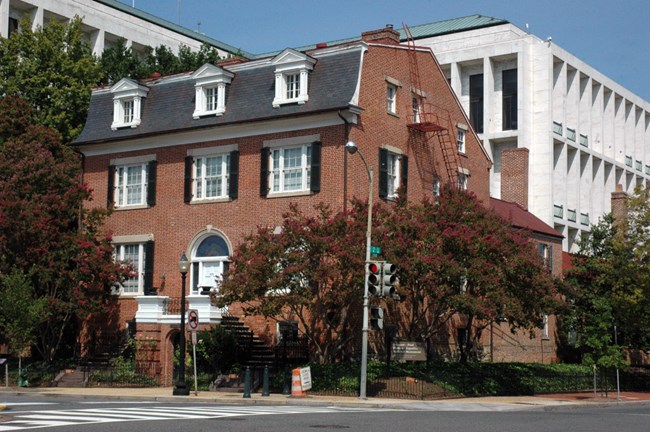Part of a series of articles titled Maud Malone - New York City Librarian and Suffrage Powerhouse.
Article
Maud Malone: Places Associated with Her Story

https://en.wikipedia.org/wiki/File:NYPL_Seward_Park_Branch,_Manhattan.jpg
For those interested in visiting some of the sites where Maud Malone helped to reinvigorate the suffrage movement, there are a number of National Park Sites and New York City locations where one can stand where Maud once stood.


https://commons.wikimedia.org/wiki/File:Vanderbilt_Mansion_-_IMG_7939.JPG


https://www.loc.gov/item/2014695737/

https://commons.wikimedia.org/wiki/File:Brooklyn_Academy_of_Music,_1910._(5832948715).jpg
Notes:
[1] The Brooklyn Academy of Music at 30 Lafayette Avenue, Broolyn, NY was added to the National Register of Historic Places on May 2, 2006. Cooper Union on Cooper Square, Manhattan, New york was added to the National Register of Historic Places on October 15, 1966 and designated a National Historic Landmark on July 4, 1961. It has been documented by the Historic American Building Survey; the documents are available via the Library of Congress. Carnegie Hall at Seventh Avenue and 57th Street, New York City, was added to the National Register of Historic Places on October 15, 1966 and designated a National Historic Landmark on December 29, 1962. It has been documented by the Historic American Building Survey; the documents are available via the Library of Congress.
[2] Union Square Park in Manhattan, New York was designated a National Historic Landmark on December 9, 1997.
[3] The Village of Arden was added to the National Register of Historic Places on February 6, 1973. The Arden Historic District was added to the National Register of Historic Places on May 30, 2003.
Last updated: July 5, 2019
